How to Turn Your Quilt Into an Heirloom Treasure
by sunshiine in Craft > Sewing
10456 Views, 27 Favorites, 0 Comments
How to Turn Your Quilt Into an Heirloom Treasure


.jpg)


.jpg)
This instructable will show you techniques to preserve the information about the quilt and things you can do to keep the emotional attachments associated with it alive and in your memory forever.
Materials List



1. Finished handmade quilt.
2. Quality picture frame that will display several pictures.
3. 8X10 quality picture frame that will hang on the wall.
4. Leftover scraps from the quilt. (optional)
5. Journal.
6. Quality printed picture of finished quilt.
7. Several printed pictures of the giver, receiver, and family members.
8. Acid free paper should be used for pictures.
9. Box, suitcase, or chest to store quilt.
10. Potpourri, baby powder, ceder blocks or essential oil.
11. Children's favorite books, stuffed animals and keepsakes.
12. Hand written letter from giver.
13. Hand written letter from receiver.
14. Copy of the quilt's pattern and instructions if possible.
15. Small scraps of fabric or muslin for sachet.
16. Embroidery needle, thread, and small iron on transfer for the Lavender sachet.
17. Scissors.
18. Embellishments of your choice for journal, sachet, and box.
19. Wrapping paper, contact paper, or fabric for covering journal and box.
20. Complete newspaper of your area to include with the quilt to show date and events.
21. Embroidery hoop.
Things to Consider Before Making a Quilt.



1. A complete newspaper of the area the quilter lives when the quilt is finished.
2. Embroider your name and date on a corner of the quilt.
3. Make several extra blocks that might be used to repair the quilt for ancestors.
4. Include quilt scraps for making memory enhancers or for putting scraps in picture frames for the inheritor's.
5. A picture of yourself and the quilt.
6. A copy of the pattern or a copy of a few pieces for repairing quilt when needed.
7. Name the quilt.
8. If making a quilt for a child you might include a lock of hair and put it in a cloth bag.
9. Make the quilt with cotton fabrics that will survive the test of time.
10. Instructions for washing and storing the quilt will help the receiver avoid ruining the quilt.
A picture of a well used quilt approx. 70 years old gives you an idea why repairs might be needed.
Quilt's Accessories
.jpg)
.jpg)
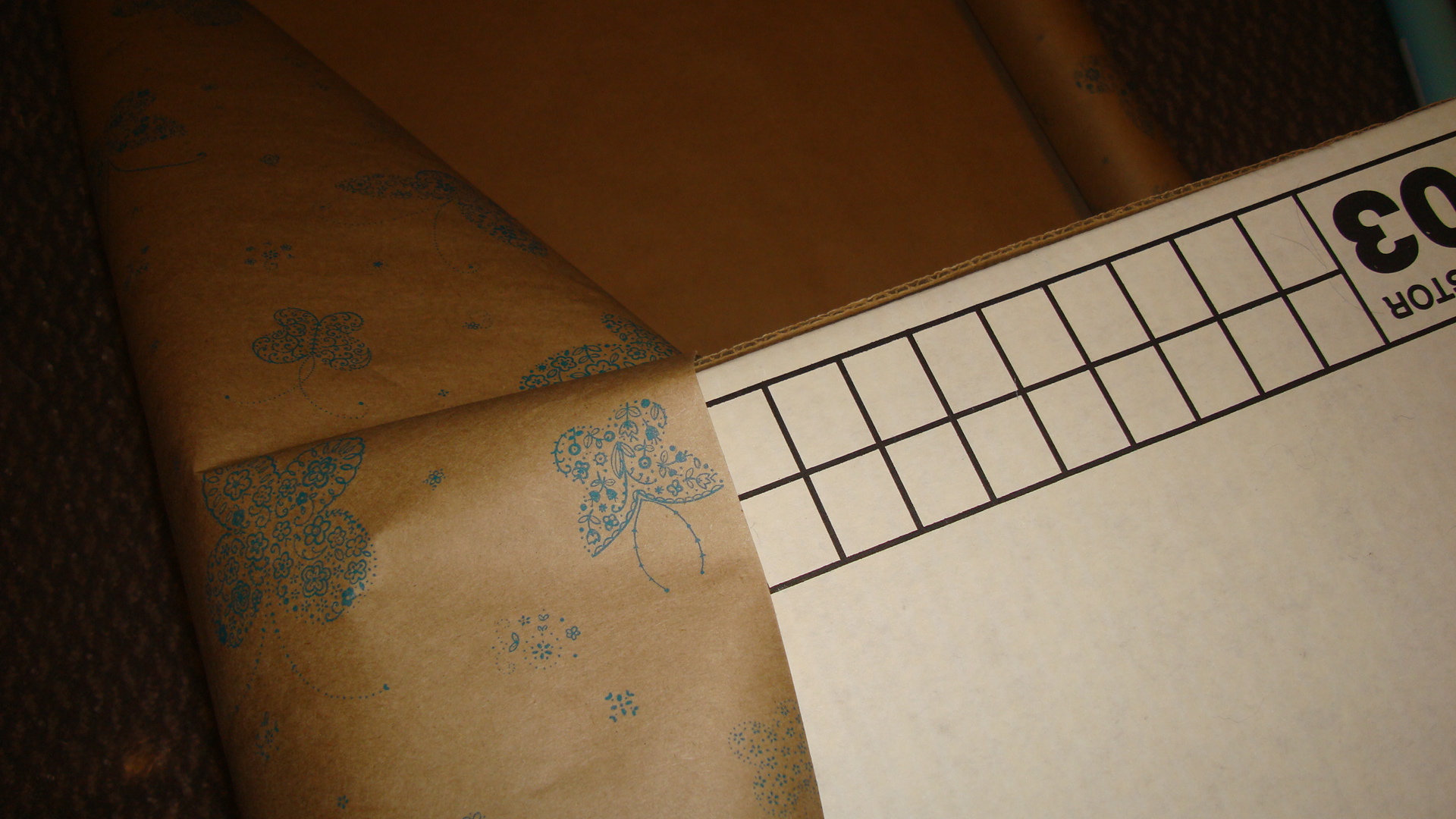.jpg)
.jpg)
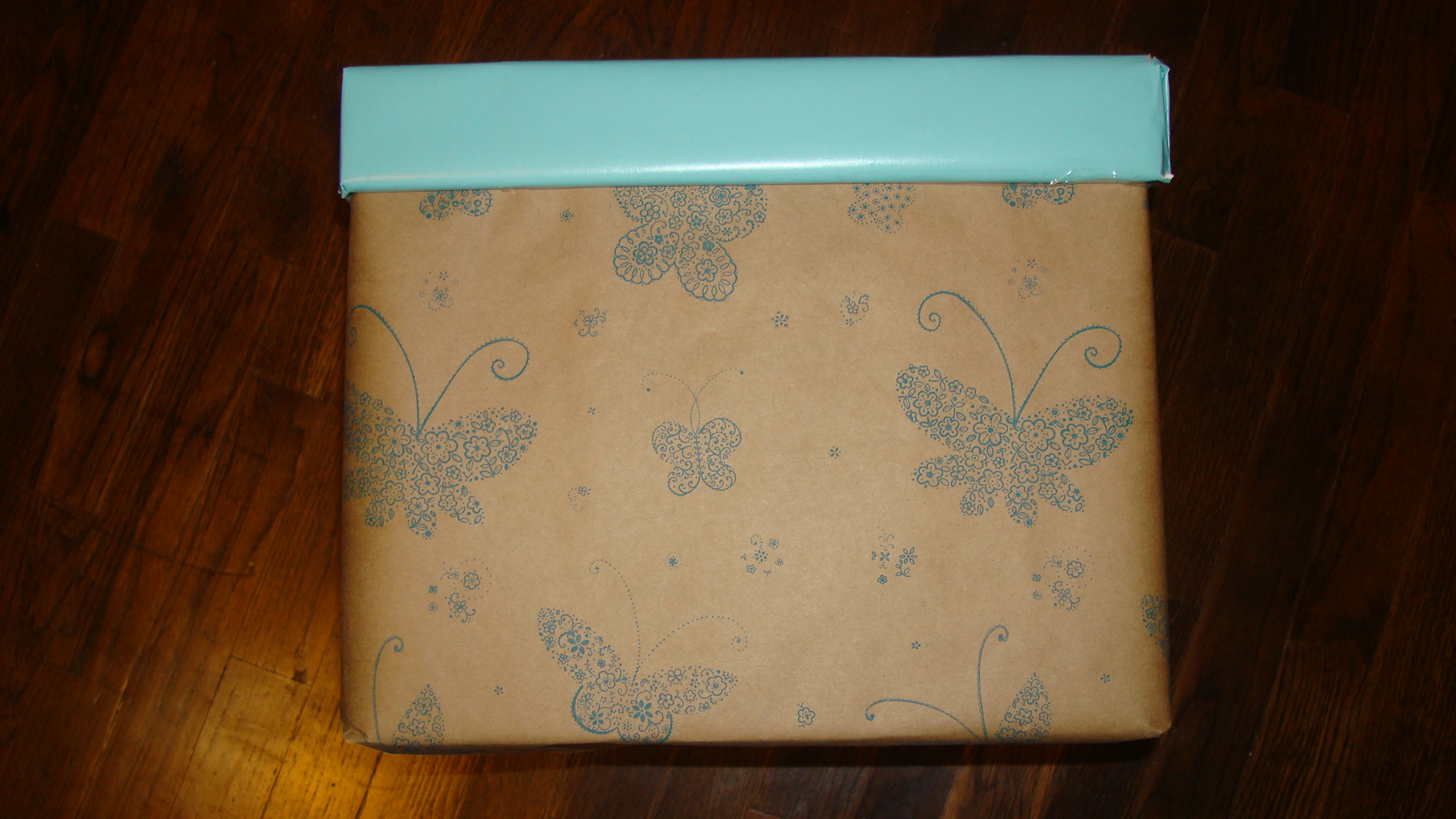.jpg)
.jpg)
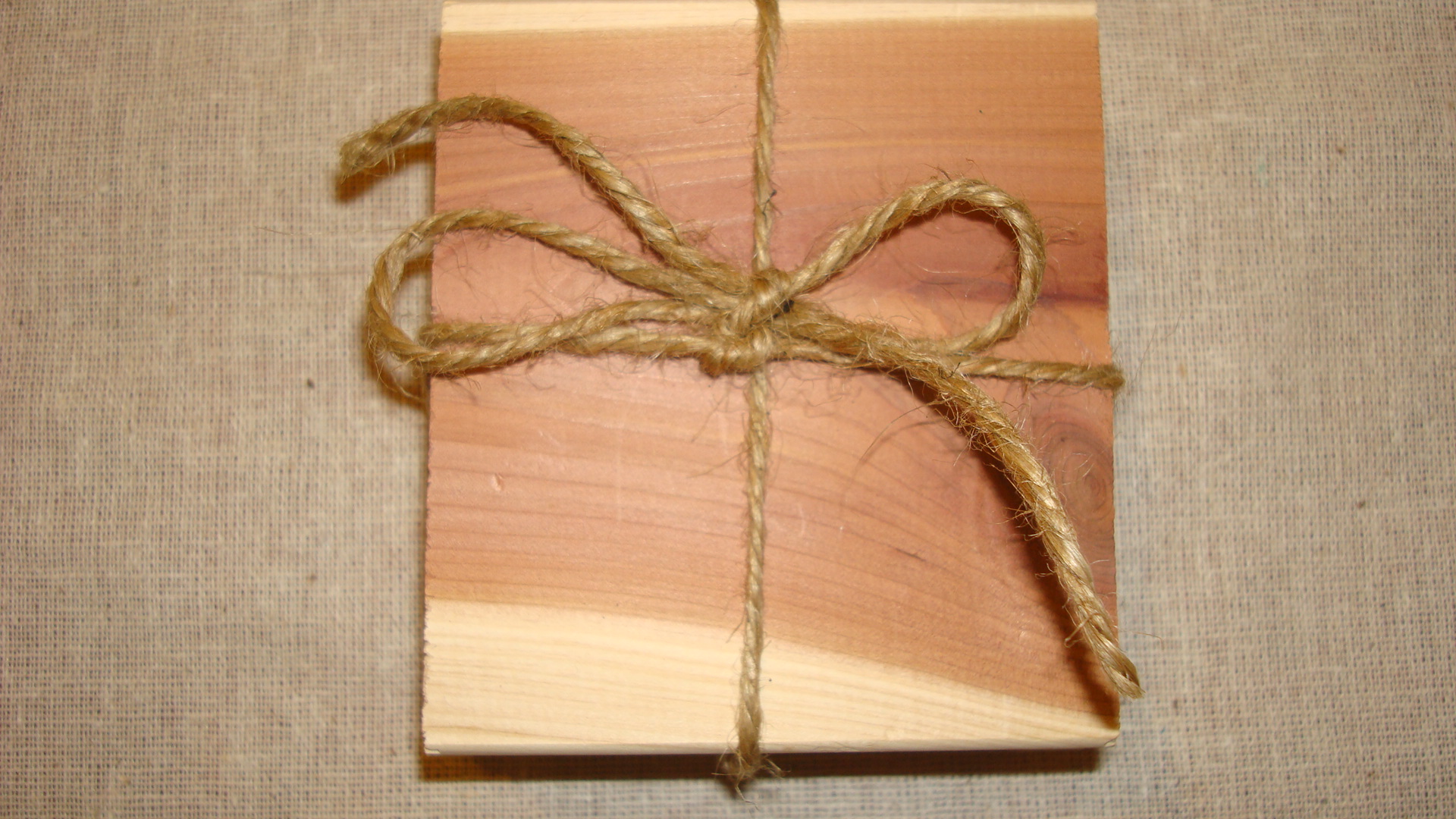.jpg)
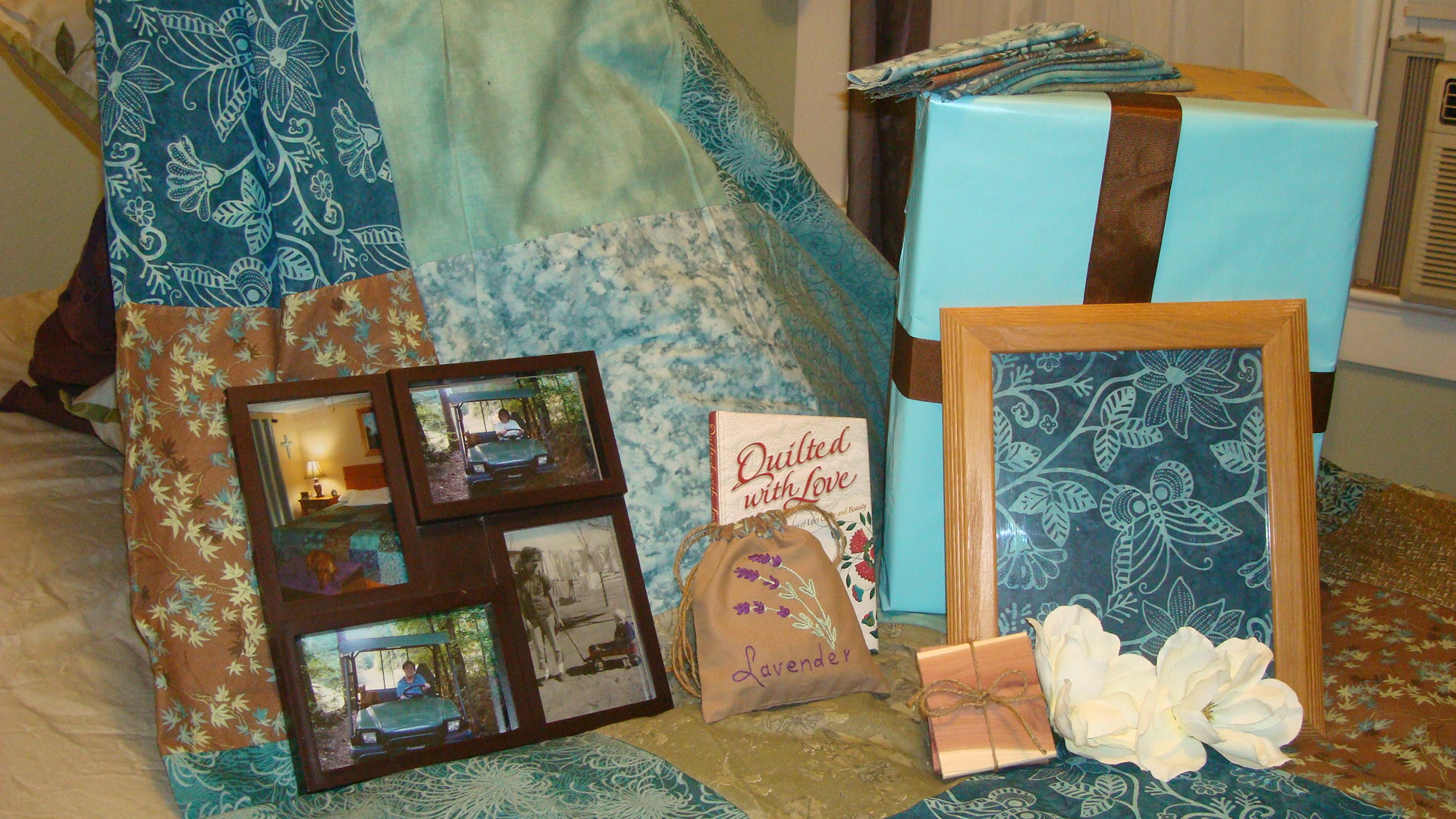.jpg)
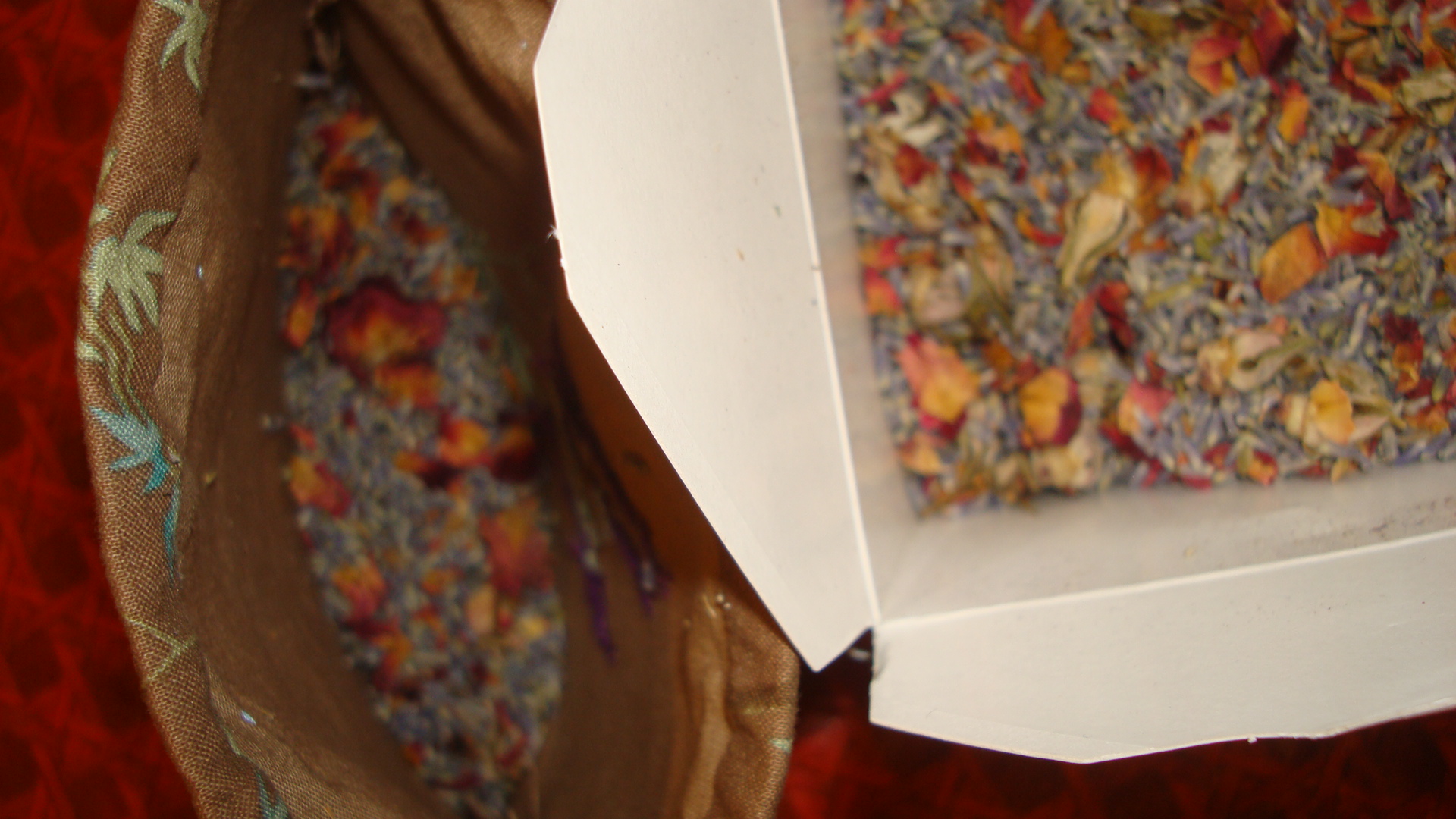.jpg)


![ffe4820dd7a098e7f7b5d010.L._SL500_AA300_[1].jpg](/proxy/?url=https://content.instructables.com/FLB/5BCG/GM9QL4L9/FLB5BCGGM9QL4L9.jpg&filename=ffe4820dd7a098e7f7b5d010.L._SL500_AA300_[1].jpg)
A covered box to store the quilt in along with pictures, books, journals. and other keepsakes.
Framed finished quilt block for a wall hanging.
Cedar blocks tied with jute.
Framed pictures of the quilt, quilter and receiver.
Potourri used to awaken the memory. See picture of lavender bag for instructions.
A covered journal to record quilt stories, letters and treasured memories of the quilt.
Favorite children's books read in early childhood.
Letter From the Quilter

The letter from the quilter should serve as a historical record of the quilt. The letter might include:
1. What is the relationship to the receiver?
2. Why the quilt was made for this person.
3. Why was this particular pattern chosen?
4. Were the fabric choices and color relevant?
5. Date the quilt was in the planning process.
6. When was the quilt in the making process?
7. How long did it take you to make the quilt?
8. When was the quilt given to the receiver?
9. Some information about the quilter, date and place of birth, a couple of addresses of some relatives and yourself if someone wanted to reach you regarding the quilt.
Lavender Sachet
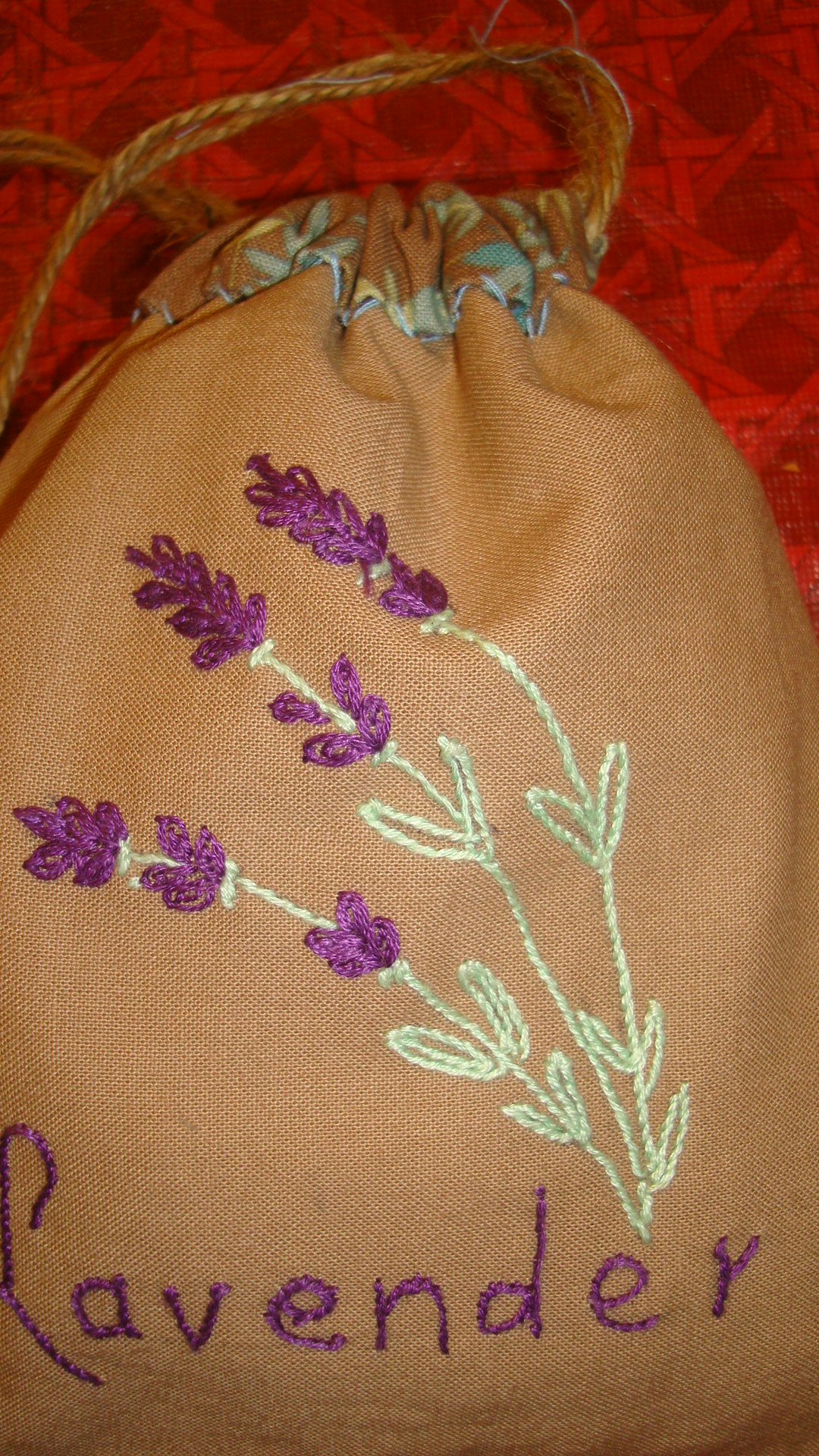.jpg)
.jpg)
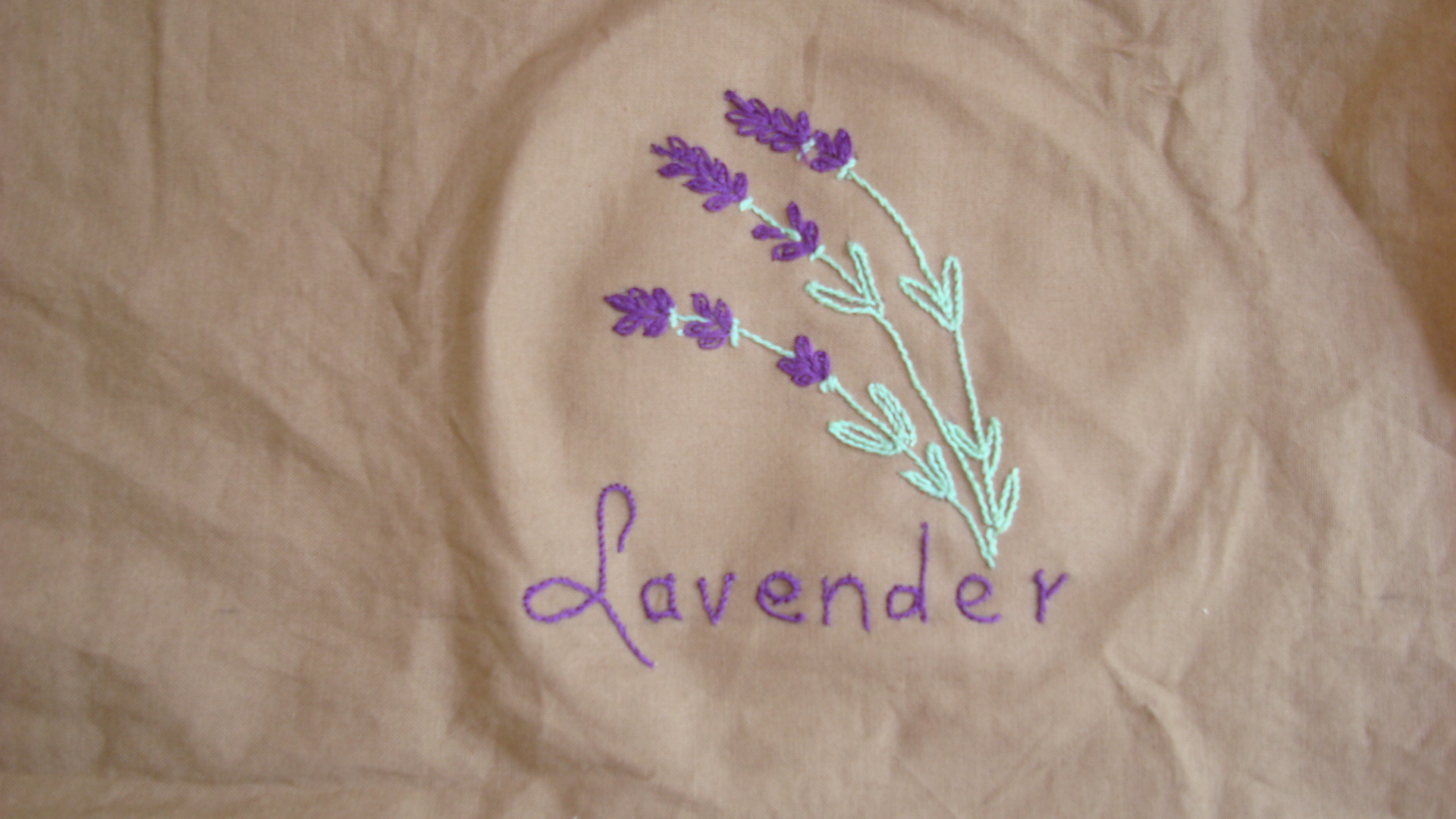.jpg)
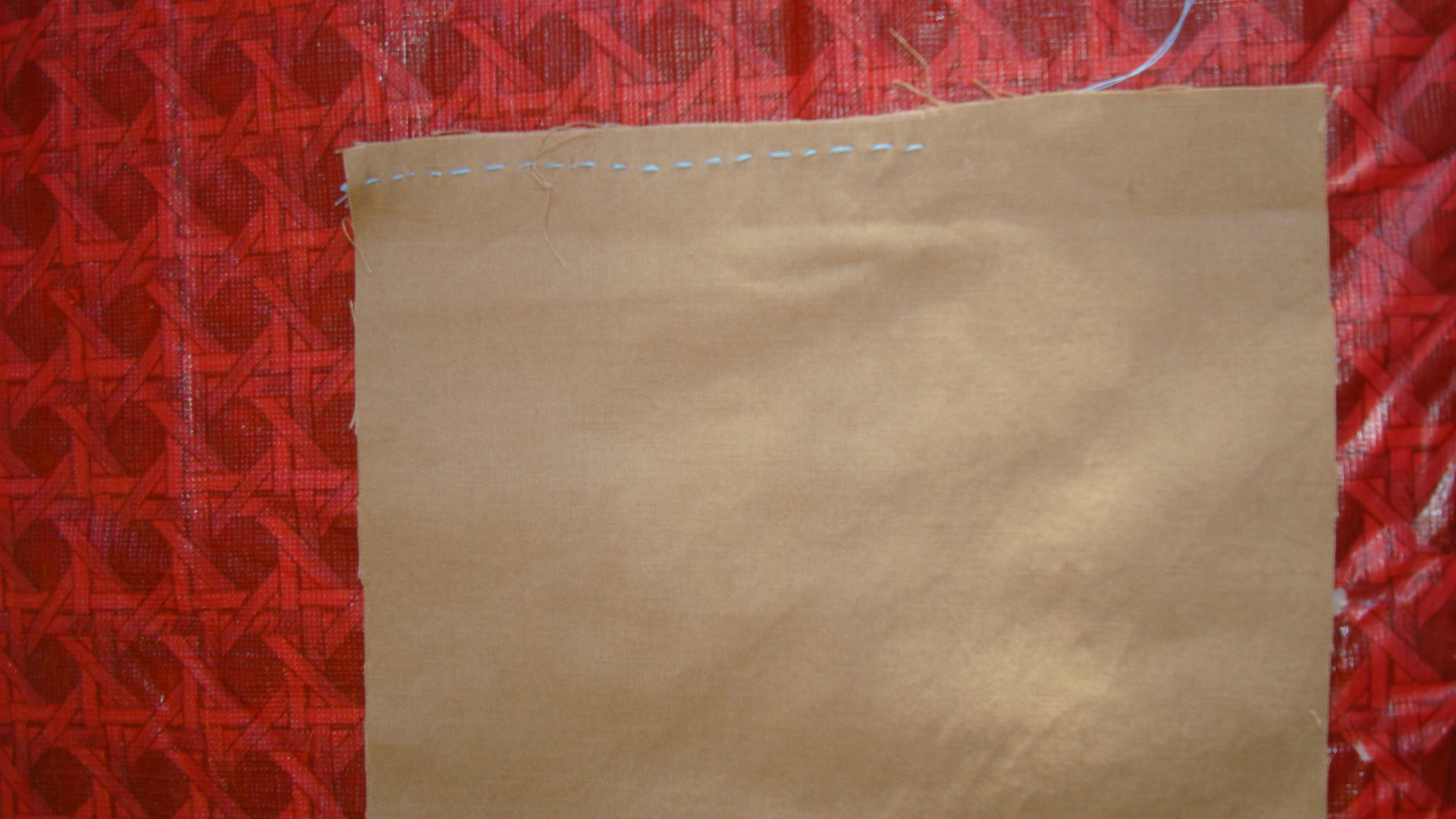.jpg)
.jpg)
.jpg)
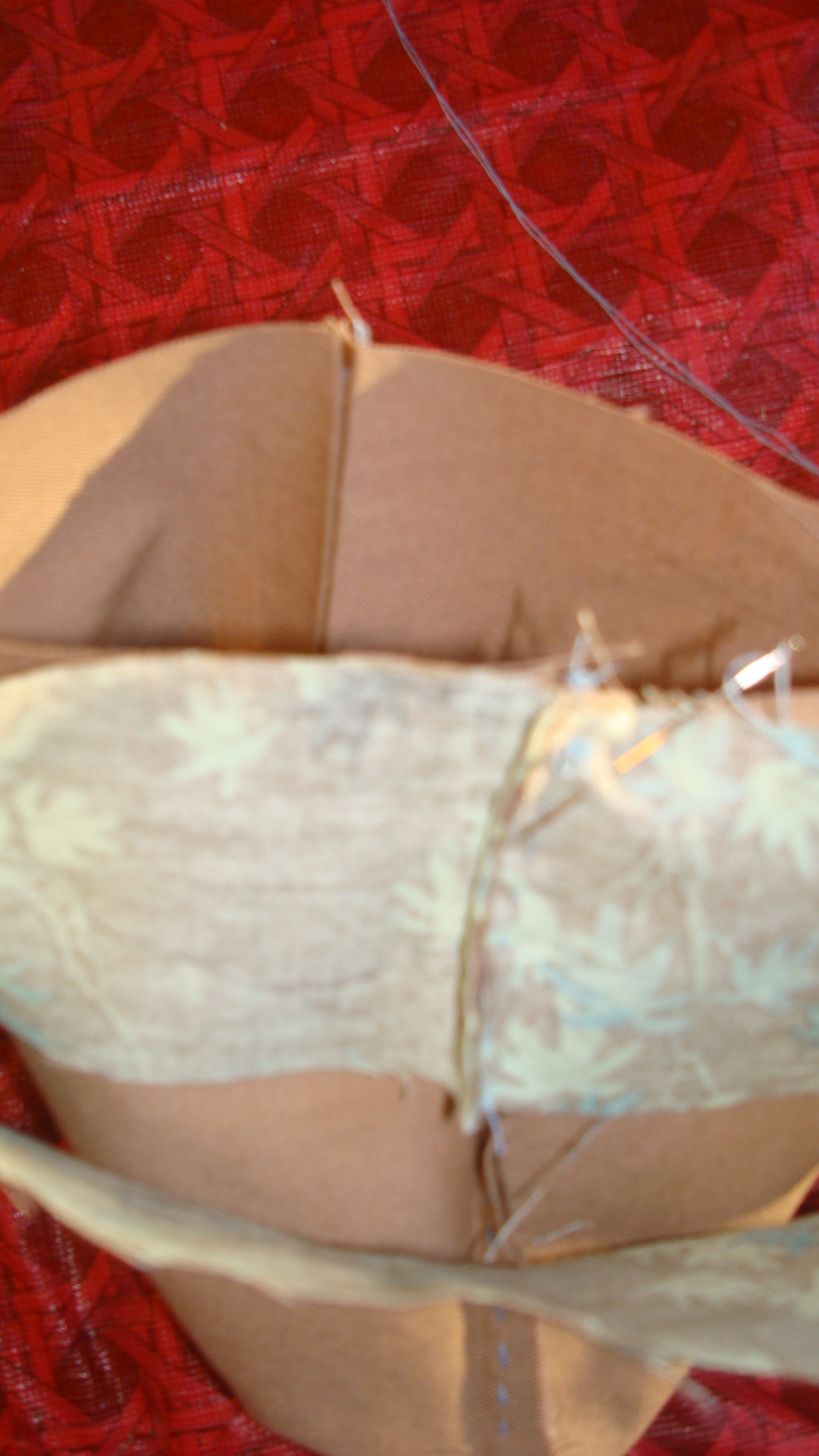.jpg)

.jpg)
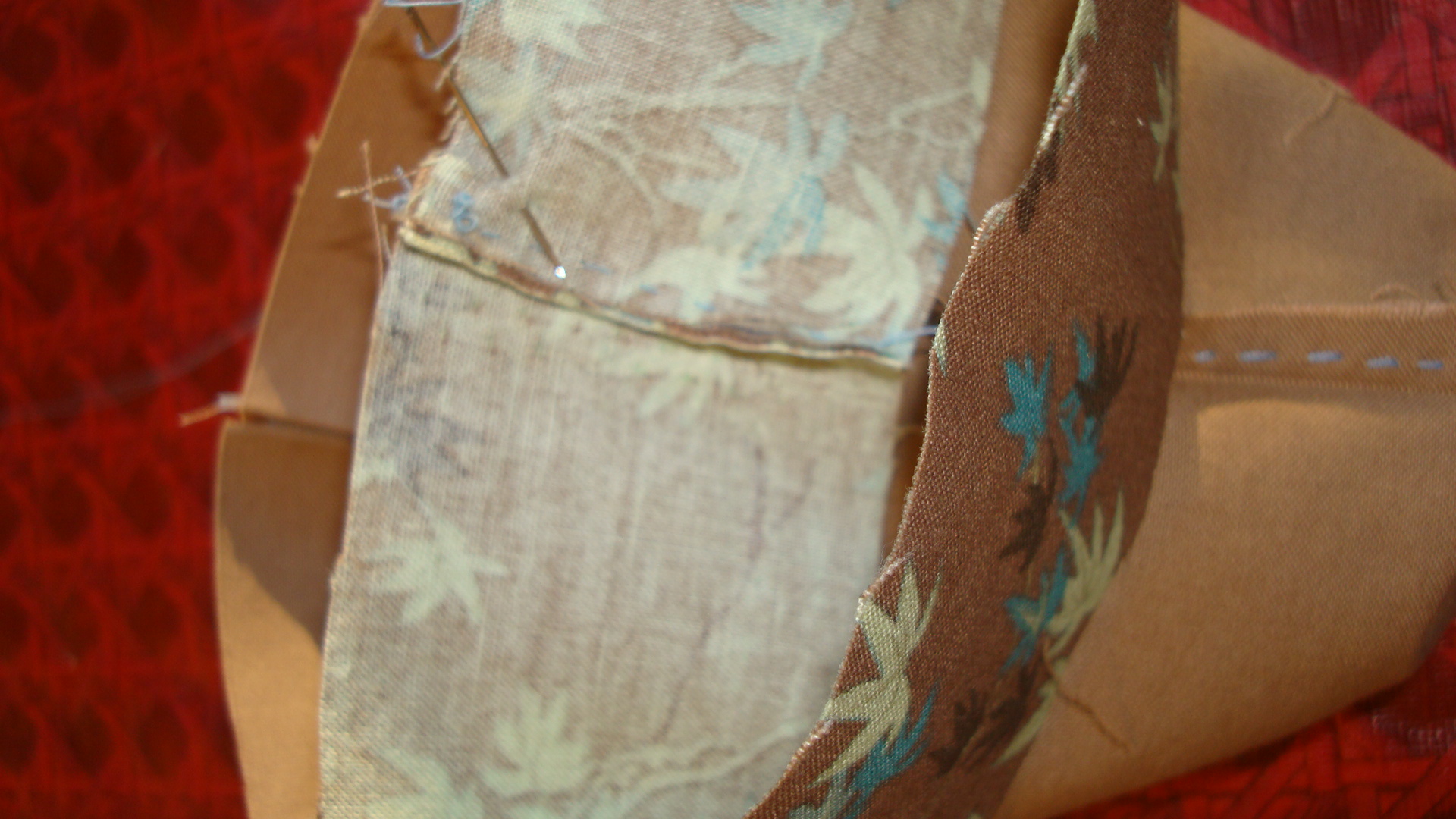.jpg)
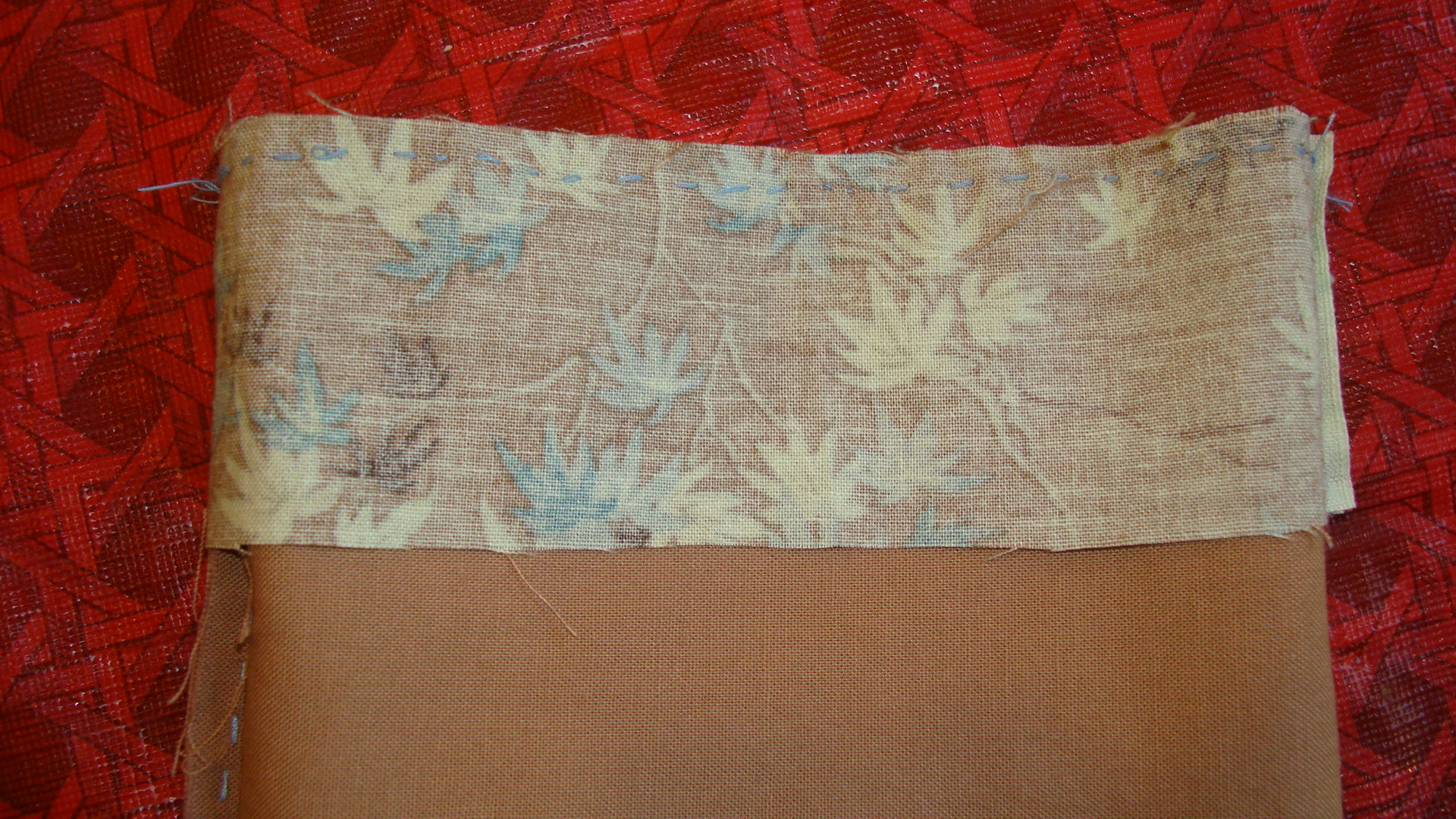.jpg)
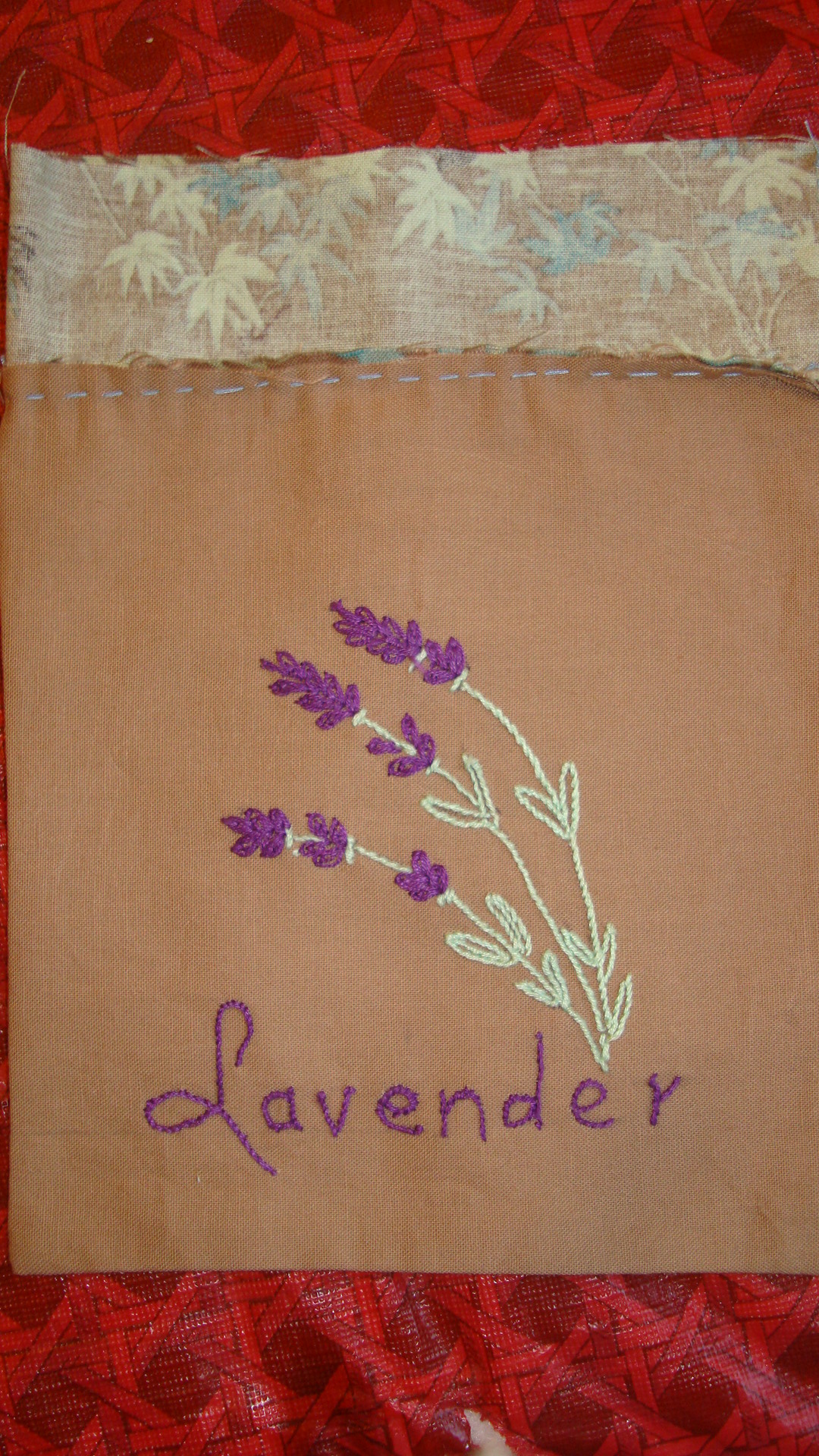.jpg)
.jpg)
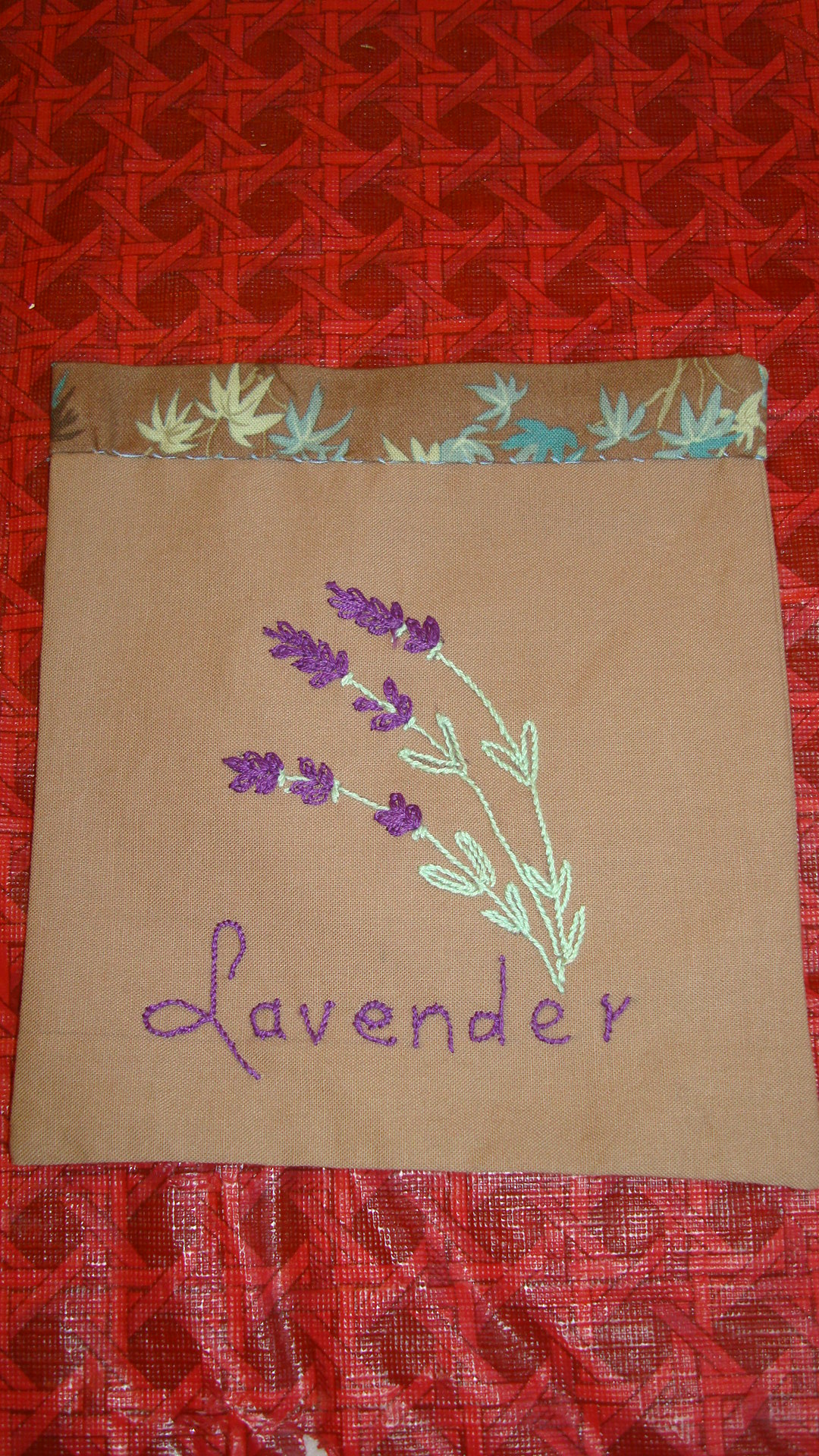.jpg)
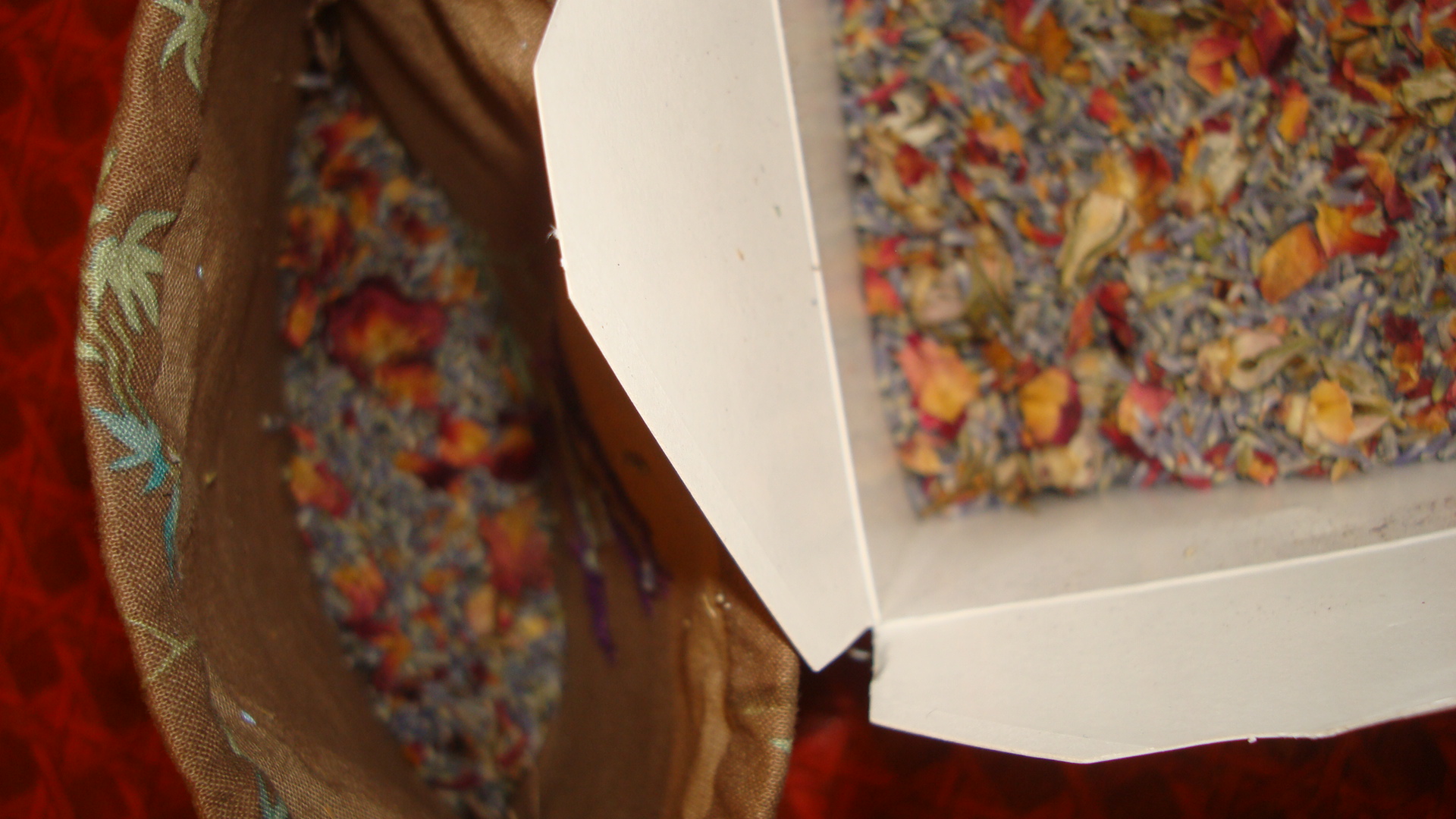.jpg)
.jpg)
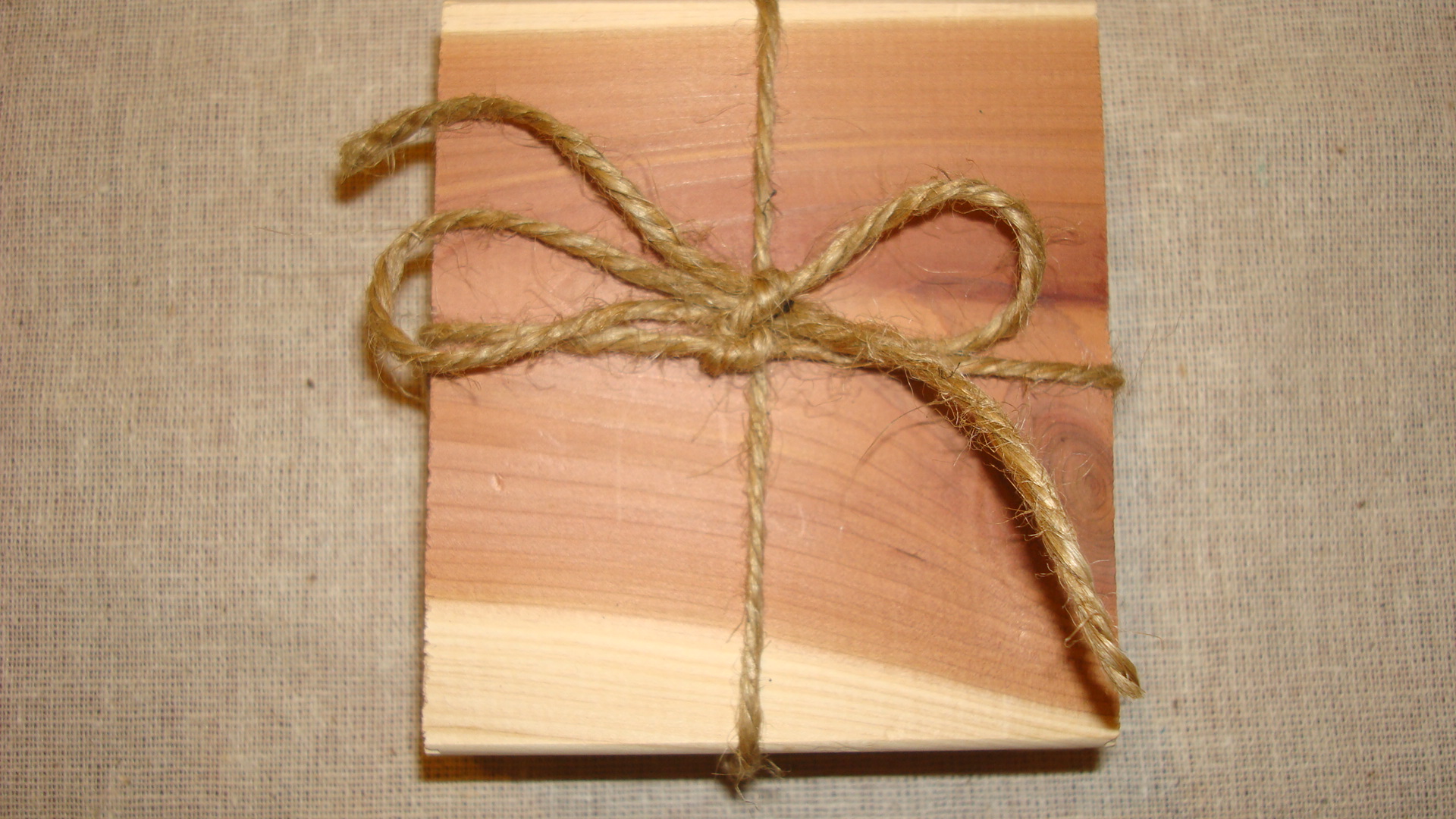.jpg)
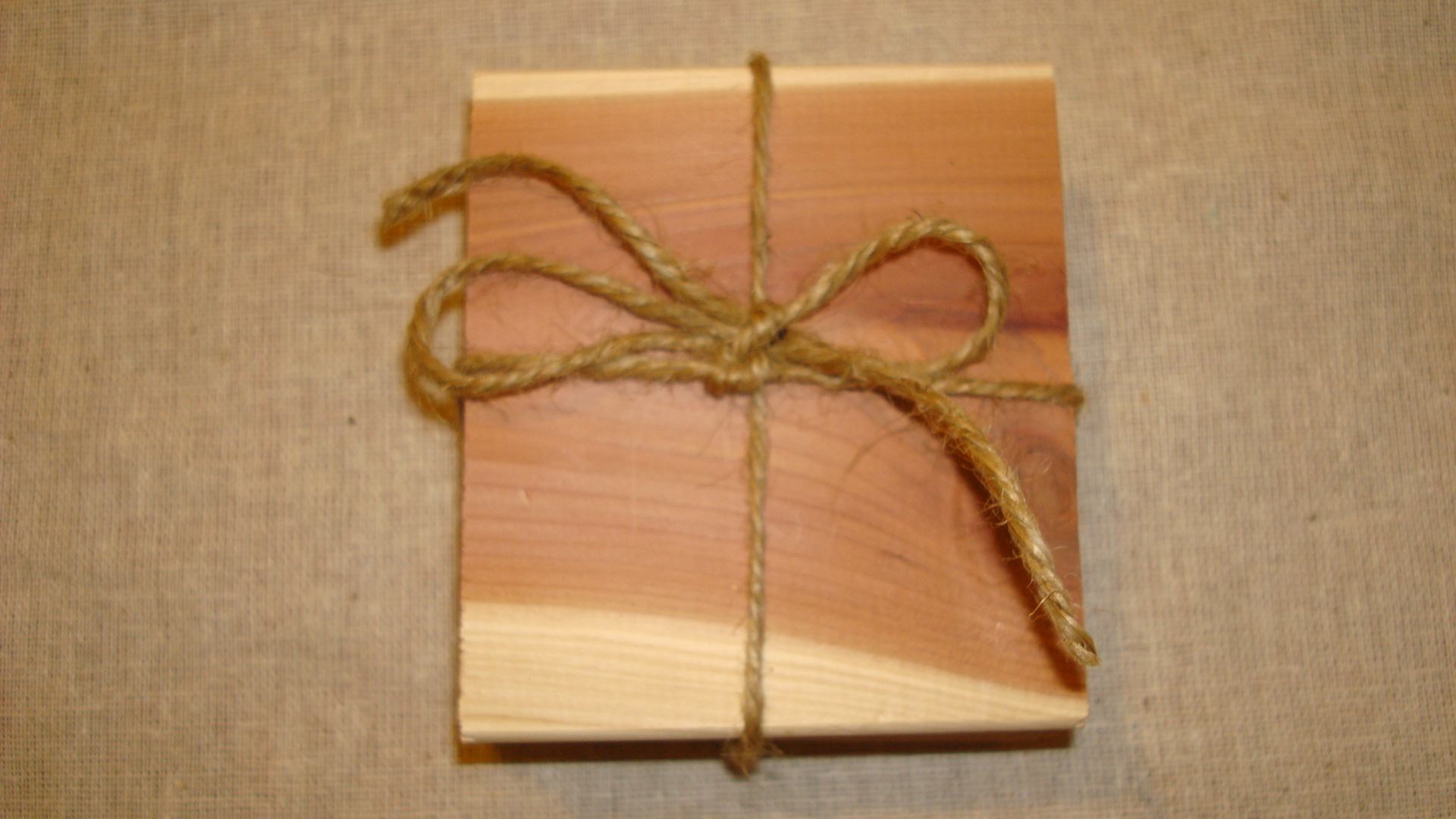.jpg)
Do you remember the cologne your parents usually wore? The smell of your grandmothers house? Is there a scent that you smell now that makes you remember your childhood? When my daughter was a baby I used to always put Baby Magic on her after she was bathed and dried off. When my grandson was a baby I did the same thing. My daughter had me babysit and asked if I would give my grandson the special bath that I did. She said she loved the way he smelled after I gave him a bath. I assume she liked it because it reminded her of her childhood.
This is why a scented sachet would make a great memory enhancer. Here are the instructions for making a Lavender sachet bag. It can be placed in the box when the quilt is stored and it can be placed in the room where the quilt is used.
Cut 2 squares of fabric 7X7.
Cut 1 strip of 2X 12 1/2 of contrasting fabric.
Find a design of embroidery stamps that you like or draw the design I have here at this link and draw it on the right side of 1 square.
http://www.designsbypetro.com/lavender_embroidery_designs.html.
Potpourri.
Embroider the flower.
Place right sides together of the 2 squares and sew sides and bottom making a small seam allowance.
Turn right side out.
Fold the 2 inch strip over right sides together and make a small seam allowance to connect the ends together.
Pin this strip to the bag at the top and sew it to the bag as shown in picture. Make sure the seam is pinned in the center back of the bag.
Turn down a small edge and fold it over again slightly larger and sew the finished hem as shown.
Cut 2 pieces of jute or ribbon 32 inches long.
Cut 2 very small slits in the top single layer of the bag, (on the back side, at each end.) (to pull ribbon through.) Make sure you separate the fabric so you don't cut all the way through the layers.
Attach a safety pin to the ribbon and lace it through one hole all the way around so that the ribbon comes out the hold you first started with.
Next Lace another ribbon through the other hole so it comes out the same hold you started it in.
You should be able to pull both sides of the string and it will close the bag.
Tie a small knot at the ends so they don't come out of the top.
Pour your potpourri into the bag and close it.
For a boys room the cedar blocks tied with jute is nice.
Why We Should Preserve Early Memories of Our Childhood.


Our ancestors preserved memories through the art of quilting and story telling. These stories were told over and over again to the children while they snuggled under the handmade quilts that their great grandmothers made. These stories about their quilts were stored in their memory forever. Parents can give their children a priceless gift by preserving early childhood memories. Pleasant memories from our childhood can be very comforting, especially when we are going through difficult times.
There is just something about chicken soup and cuddling under a hand made quilt that is so comforting. Children often get attached to a quilt in the early stages of their life. They remember mom and dad reading their favorite story while they are tucked in under their favorite quilt. Scenting their favorite quilt with just a little baby powder now and then will help keep those memories alive. You can make a scented sachet of baby powder or maybe a sachet of your favorite cologne, or cedar blocks and tape it to the lid of the box you store the quilt in. Wrap the quilt in a pillow case not plastic. Be sure to include their favorite book because the book might not always be available. Store the journal and pictures and anything connected with the quilt together so the person who inherits it will know all about its history.
Writing in the journal about the quilts story who made it, when it was made and why it was made and experiences the child has had with the quilt will be beneficial in preserving the memories associated with the quilt.
Take pictures of the child with the quilt. At bedtime on occasion read the story about the quilt to the child. Record the child's remarks about the quilt and on occasion when they are old enough have them write about their quilt in the journal.
Take pictures of the child with the quilt at least once a year until they are 12.
None of us know our destiny or the destiny of our children. Preserving memories now might later on help us in the healing process of the loss of a loved one or some tragedy.
When we are young parents our memories are very sharp. Young parents might consider journaling memories for our children because as we age our memories do fade.
Inheriting Heirlooms Such As Quilts, Coins, and Furniture


Here is a quilt that my grandmother made. I never knew any of my grandparents because they passed away before I was born. I would have loved to have received a quilt loaded with family history and have had the opportunity to have known my grandparents through this information.
Who Inherits the Treasured Quilt?


An heirloom quilt would be a treasure to inherit but, how do you decide who to give it to, when there are more than one family member. Framing pictures of kids and the quilt for all the children just might satisfy everyone concerned. One might frame a large print like what is shown and even embroider around the design and give it to each of the kids. Framing pictures of the quilt with children is a great way to keep the memory of the quilt alive. Place the framed picture in the children's rooms.
Forgotten Treasures





To Use or Not to Use Your Quilt





Follow some of the suggestions in this instructable by making a special box for the quilt to be stored in, or using the quilt when they are sick to comfort them.
Care and Storage of Your Quilt






Wrap them in cotton pillow cases in a safe place away from bugs and rodents.
Occasionally allow them to air out for a day.
Don't wash them too often, try vacuuming them with a canister vacuum using the brush attachment .
If they are very old place a nylon over the vacuum hose so you don't damage the quilts fibers.
Don't machine wash any old fabric.
Hand wash in a tub.
Never wring them out.
Press the water out.
Wash them when you will have several days of sunny warm weather and lay them out on a pick- nick table or large flat surface.
You might have to lay them on several layers of towels on an unused bed.
ALMOST FORGOT . . . . NEVER NEVER NEVER use a handmade quilt for a pet blanket, unless you have a talking pet that can tell the quilter how much comfort and warmth they received from the quilt. I am sure if that happened the quilter would feel that they did the dog a great favor! Much time and work goes into a quilt. I had a friend who makes beautiful quilts. She appliqued a quilt with heiloom possibilities and gave it to someone, only to discover that they used it for a dog blanket. She was so upset that she almost quilt making quilts to give away.
If you receive a handmade quilt and do not like it, give it to someone who will love and cherish it.
Children's Blankies


Making a pocket quilt from children's clothing would be a great memory enhancer. Use pictures when they were wearing the clothes for the memory enhancer.
Saving school papers, tickets to places you went on vacation, ribbons, store receipts, and buttons, can be useful for decorating the quilt box.
Thank you for viewing my instructable. I hope I have encouraged you to be a builder of memory enhancers for your children and future grandchildren through the art of quilting and story telling.